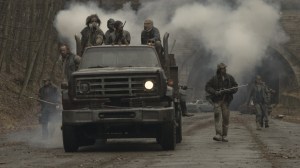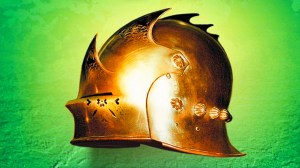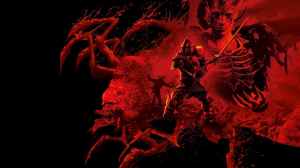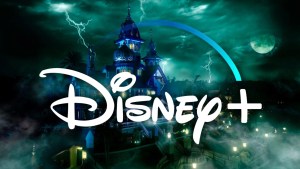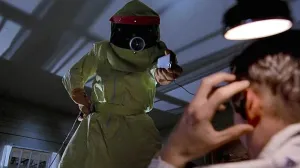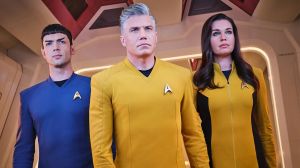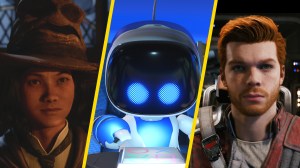Let’s face it—the original Men In Black film deserves its classic status despite being Swiss cheese from a logical perspective. This 1997 sci-fi comedy gave us the perfect buddy-cop dynamic between Tommy Lee Jones and Will Smith, introduced us to an undercover agency monitoring alien activity on Earth, and featured some truly innovative creature designs. The movie, loosely based on a Marvel Comics imprint, struck that perfect balance between action, humor, and imaginative worldbuilding that made it an instant hit with audiences. Director Barry Sonnenfeld created a universe where aliens live among us in disguise, and a secret organization keeps humanity blissfully unaware of extraterrestrial threats. With its sleek aesthetic, memorable gadgets (especially that iconic neuralyzer), and quotable one-liners, it’s no wonder the film launched a successful franchise that continues to this day, even if none of the sequels quite captured the magic of the original.
Videos by ComicBook.com
While most fans agree the first Men in Black stands head and shoulders above its sequels (sorry, MIB: International), that doesn’t mean the original film is without its flaws. From questionable security protocols to confusing recruitment standards, these narrative gaps somehow managed to slip past the memory-erasing effects of the neuralyzer. Let’s examine three of the most glaring inconsistencies that continue to bug me more than a giant cockroach in a human skin suit.
The Arquillian Prince’s Laughable Security

For an organization tasked with protecting Earth from the scum of the universe, the MIB shows remarkably little concern for the safety of an extraterrestrial royal hiding on our planet. When an Arquillian prince takes refuge on Earth disguised as a jeweler, the agency apparently provides minimal security despite knowing there’s an ongoing conflict between alien species.
The film establishes that the Arquillians possess technology capable of destroying entire planets with ease. Considering their military power and the diplomatic significance of hosting their royalty, you’d think MIB would assign more than zero agents to guard duty. Instead, they allow him to wander freely around New York, making him an easy target for assassination by the cockroach alien.
This oversight becomes even more absurd when you consider the potential consequences. As Agent K points out after the prince’s death, the Arquillians are understandably furious and ready to obliterate Earth in retaliation. The entire third-act crisis could have been avoided with basic protective measures.
The Confusing Recruitment Process
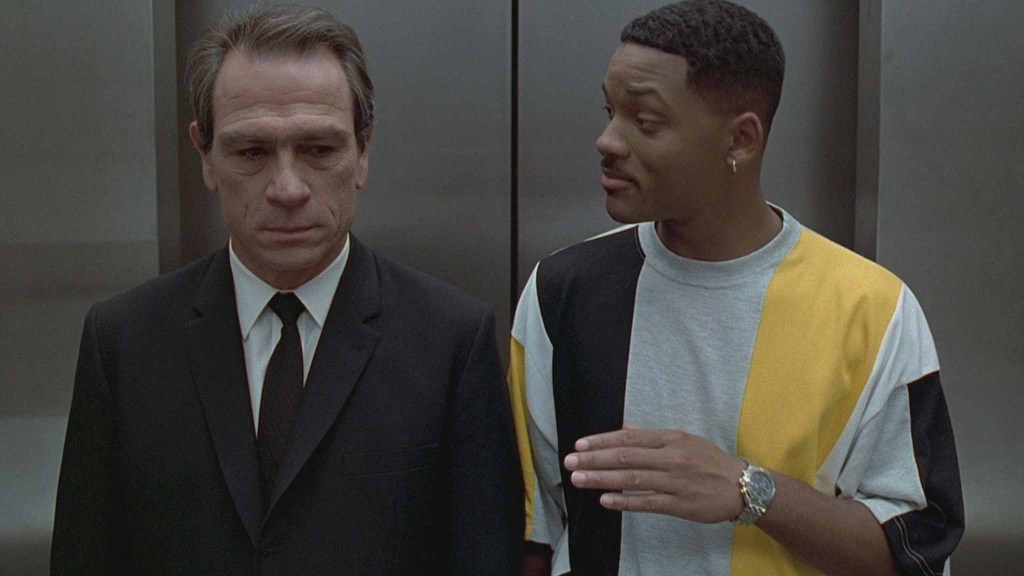
James Edwards’ path to becoming Agent J involves a series of bizarre tests that raise more questions than they answer. After chasing an alien through the streets of New York, Edwards is brought in for MIB recruitment, where he participates in a shooting range exercise and a written exam at those egg-shaped desks.
While his innovative approach to the written test (dragging the table closer) demonstrates out-of-the-box thinking, the shooting range evaluation seems completely subjective. Edwards shoots “Little Tiffany” instead of the monstrous aliens, explaining his choice with a gut feeling about her suspicious behavior. Zed remains stone-faced throughout Edwards’ explanation, giving no indication of whether this was the correct response.
[RELATED – Will Smith Explains How He Decided To Make Men In Black]
The film never clarifies what the “right answer” was or how candidates were being evaluated. Was shooting Little Tiffany correct? Was the explanation what mattered? The criteria for becoming a galaxy defender seems worryingly arbitrary.
The Flying Saucer Observation Towers Hiding in Plain Sight
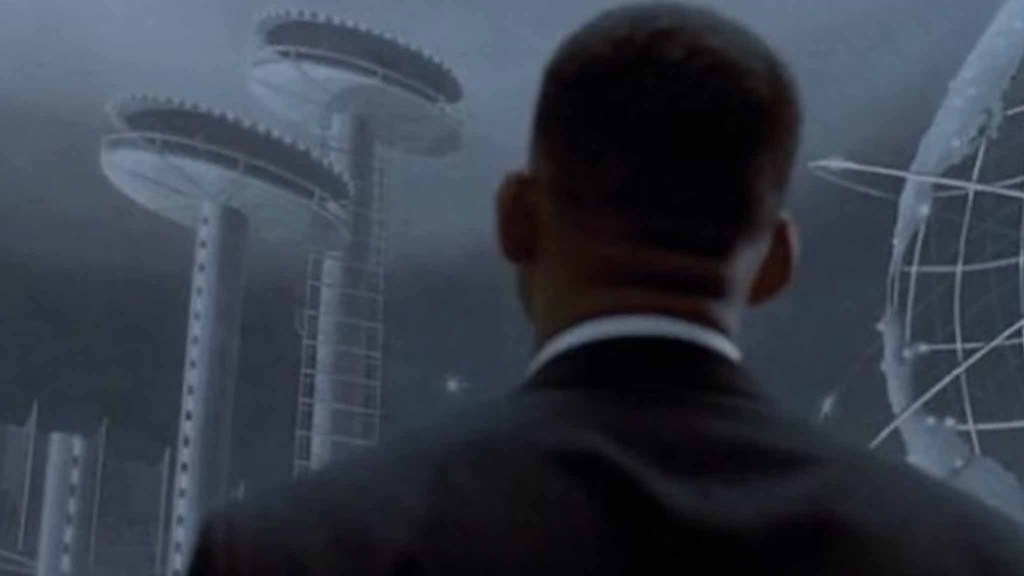
The film’s climax reveals that the observation towers at the 1964 World’s Fair site in Flushing Meadows are actually disguised alien spacecraft. While this creates a memorable set piece for the final confrontation, it strains credibility that these massive structures could remain hidden in plain sight for decades.
These aren’t small objects—they’re enormous architectural landmarks in a public park in New York City. The idea that regular maintenance workers, architects, engineers, and thousands of daily visitors never noticed anything unusual about these structures requires a substantial suspension of disbelief. Even if MIB regularly neuralyzed maintenance personnel, the logistics of keeping such massive alien technology secret seems implausible.
Despite these head-scratching inconsistencies, Men in Black remains a beloved sci-fi classic thanks to its charismatic leads, imaginative universe, and perfect balance of comedy and action. Sometimes the most entertaining films ask us to ignore their logical flaws and simply enjoy the ride—even if that ride is in a suspiciously designed observation tower that’s actually an alien spaceship.
What do you think? Let us know in the comments!

